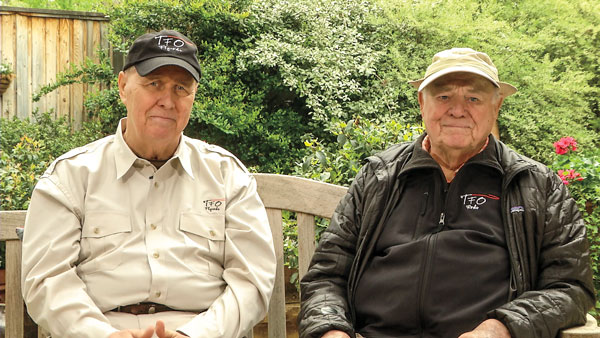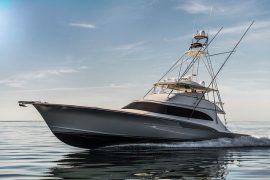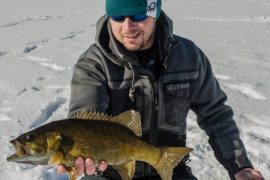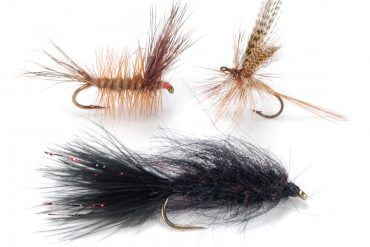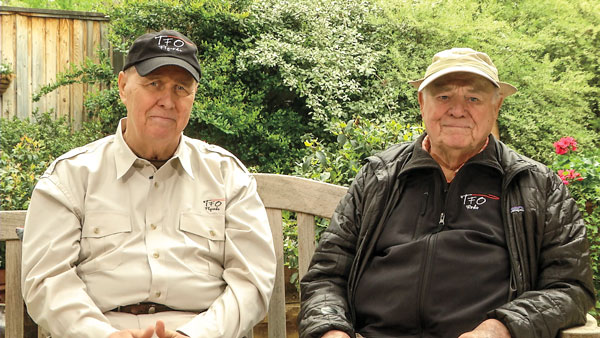
Many anglers do not like casting weighted lines or flies, but that’s simply because they’re using conventional casting techniques. It’s frequently described as “chuck-and-duck” casting, and it’s never graceful: Weighted flies break rods on impact, hit fly fishers with stinging results, or even worse, the hook becomes impaled in flesh or clothing. Tungsten-coated sinking lines don’t fare much better using the chuck-and-duck method, so many people simply avoid them.
The truth is, we would rather cast sinking lines than floating lines. With proper casting technique, dense sinking lines load the rod better, penetrate the wind more easily, and require less effort.
Throughout our film The Complete Cast, we emphasize that there is no one way to cast. Successful fishing, whether for trout on a woodland stream, tarpon on the flats, striped bass in a deep rip, or steelhead on a large West Coast river, requires different casts for different situations.
Each cast is determined by three factors: the physical makeup of the individual, the tackle, and the fishing conditions. A petite female teenager will not cast the same way as a stronger, larger man. The tackle also determines the type of cast, so delivering a dry fly requires different technique than casting a heavy saltwater crab imitation. Current fishing conditions also demand adjustments; you would not cast a fly on a calm day the same way you would if it was windy. Regardless of these variations, the four basic principles we constantly teach always apply.
Conventional casting technique dictates moving the line and fly directly away from the target, reversing 180 degrees, and returning the fly in the exact opposite direction….

